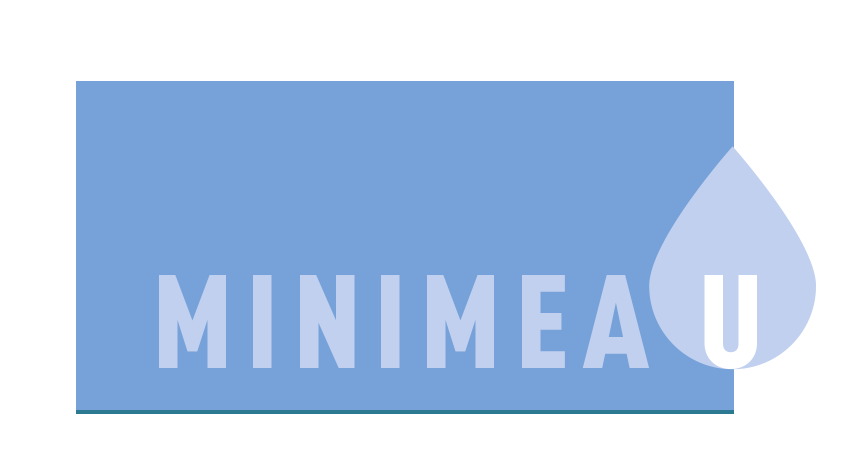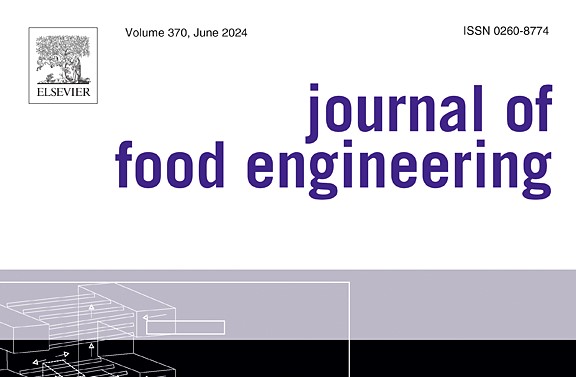Water reuse in the food processing industries: A review on pressure-driven membrane processes as reconditioning treatments
Céline Garnier, Wafa Guiga, Marie-Laure Lameloise, Laure Degrand, Claire Fargues from the Université Paris-Saclay, INRAE, AgroParisTech, UMR SayFood, 91300, Massy, France and the Conservatoire National des Arts et Métiers, UMR SayFood, 75003, Paris, France
Highlights
- Strategies of water consumption minimization in the food industries are studied.
- Origins of the main effluents are determined and their compositions presented.
- Performances of membrane processes for wastewater recycling are investigated.
- Present and prospective reuse solutions are examined regarding regulations.
Abstract
Establishing general rules for short wastewater recycling loops in the food industries is a challenging task. This work provides an overview on water consumption, effluent discharge and the main water consuming unit operations in this sector. Pressure-driven membrane processes as treatment technologies will be focused on and nanofiltration and reverse osmosis appear unavoidable. An original synthesis of the membranes used, the best operating conditions and the corresponding performances are broken down by food sector and by effluent load. Recycling is mostly proposed for floor washing, heating/cooling, vessel pre-cleaning, even though criteria for potable water are not fulfilled. Water of a quality which is sufficient for recycling can be obtained with a single membrane treatment stage only when weakly concentrated (COD <1 g/L) non-fat effluents are concerned, originating from flushing, bottle washing or rinsing water after vegetable peeling. This critical review can be used as a guideline for recycling projects and points to the remaining challenges and improvements to be made.


Commentaires récents